An article published in the Proceedings of the National Academy of Sciences with participation by the CENIEH refutes the similarities between the teeth of modern Asians and the Denisovans, an extinct human population that coexisted
Study refutes the similarities between the teeth of Denisovans and modern Asian
An article published in the Proceedings of the National Academy of Sciences (click for read: - A more comprehensive view of the Denisovan 3-rooted lower second molar from Xiahe - ) with participation by the Centro Nacional de Investigación sobre la Evolución Humana (CENIEH) refutes the similarities between the teeth of modern Asians and the Denisovans, an extinct human population that coexisted with Homo Sapiens and Neanderthals and whose DNA is present in 4-6 percent of the current populations of Australia, Melanesia and Papua New Guinea.
The difficulty of studying these hominins lies in the fact that, despite the abundance of DNA obtained, very few fossils have been found that permit reconstruction of their physical appearance. Until now, the fossil record for this group consisted of two teeth and the minuscule bone of a hand found in the Denisova Cave, in Siberia, where the name comes from.
alfway through this year, the discovery was made of a mandible in Tibet, the Xiahe mandible, that scientists recognised as Denisovan thanks to the analysis of its paleoproteomics, thus becoming the first Denisovan found beyond Denisova. Recently, a study in the journal PNAS led by Shara Bailey of New York University and with the participation of Max Planck from Leipzig (Germany), drew attention to the identification in the Xiahe mandible of a second lower molar with three roots, instead of the usual two roots found in this dental class among hominins.
According to Bailey and her colleagues, this dental characteristic is particularly common among contemporary Asian populations, up to 40 percent in comparison to less than 3.5 percent in non-Asian populations, therefore they conclude that modern Asian populations have inherited this feature from the Denisovans as a result of the hybridisation of their ancestors with this extinct population.
Must be wrong tooth
The study, by the paleoanthropologist María Martinón-Torres and two other dental specialists, Richard Scott from the University of Reno (U.S.) and Joel Irish from the University of Liverpool (UK), refutes this conclusion.
On one hand, the high frequencies of molars with three roots in Asian populations refers to the first molar, not the second. Even in the groups with the highest frequency of molars with three roots in the world, the Aletus, this feature is present in 40.7 percent of first molars but only 1.9 percent in second molars. Therefore, the comparison of the frequencies of the Xiahe feature with modern populations would be based on the "wrong tooth."
On the other hand, the detailed morphological study of the Denisovan molar from Xiahe reveals that, although they have three roots, their configuration is different than it is in modern human populations and tends to be more frequent among Asians. The third root is not only different with regards to its size and shape, but also its position. In other words, the genetic variation that caused it to develop three roots in Xiahe is probably different to that which caused molars with three roots in modern populations, predominantly from Asia.
"They are similar in appearance only, they are different features," states María Martinón. The researcher, who led the Dental Anthropology Group at the CENIEH for eight years, notes: "Although teeth are the best tool that we have for studying species that are extinct, we must be very careful and not overreach with interpretations of isolated features. To speak of introgression between species because of one common characteristic, which is not even the case here, is very risky," she concludes.
Source: Centro Nacional de Investigación sobre la Evolución Humana (CENIEH)







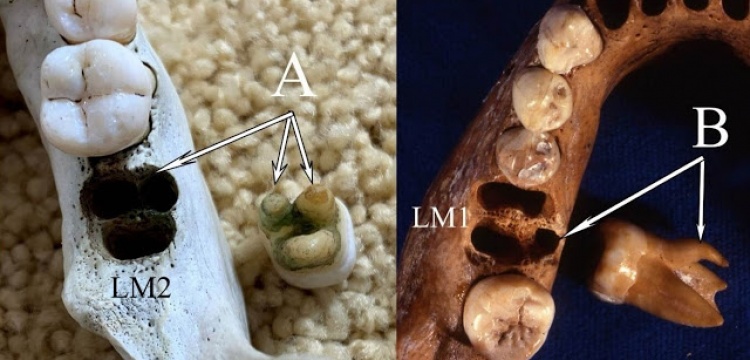

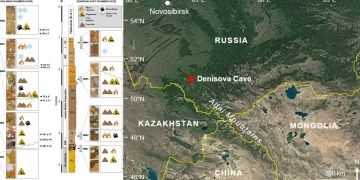
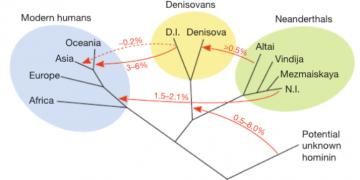
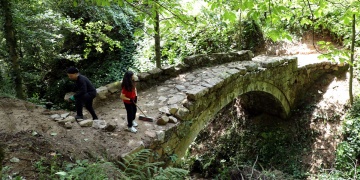 Ressam Serdar Abay, tarihi kemer köprüdeki yabani otları kızıyla temizledi
Ressam Serdar Abay, tarihi kemer köprüdeki yabani otları kızıyla temizledi  Archaeologists have discoveried a crusader altar in the Church of the Holy Sepulchre
Archaeologists have discoveried a crusader altar in the Church of the Holy Sepulchre 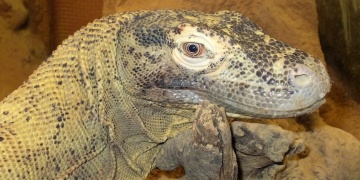 Komodo ejderinin demir dişli olduğu anlaşıldı
Komodo ejderinin demir dişli olduğu anlaşıldı 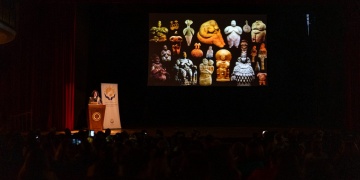 Doğa Taşlardan, Anadolu Tanrıçaları'ndan sonra Anadolu Bacılarının öykülerini anlatacak
Doğa Taşlardan, Anadolu Tanrıçaları'ndan sonra Anadolu Bacılarının öykülerini anlatacak 




